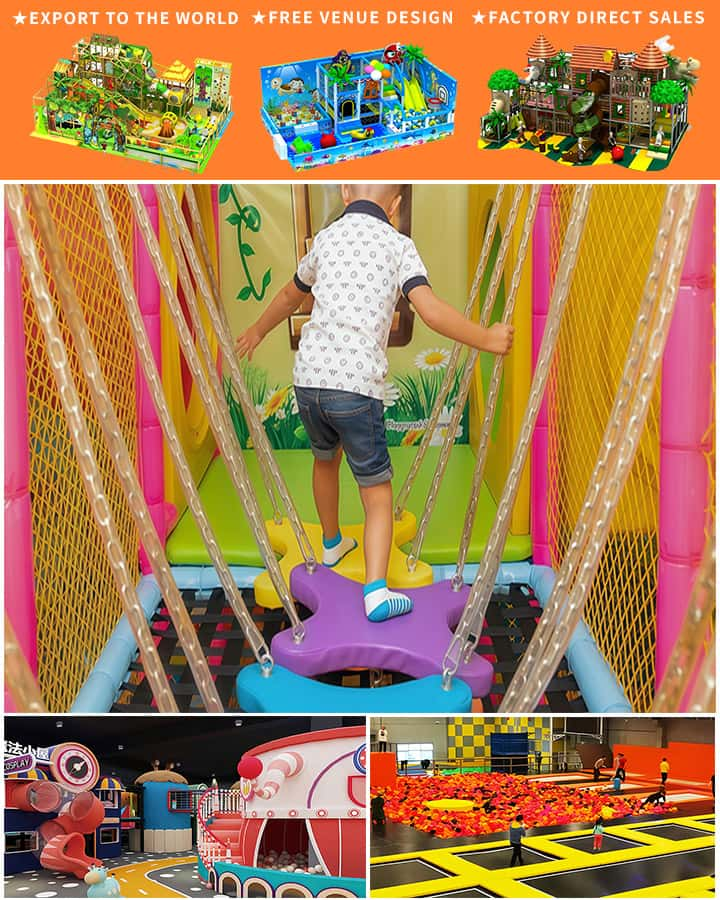In today’s fast-paced world, finding safe and engaging spaces for children to play can be challenging. Indoor child play areas have become a popular solution for parents seeking a secure environment where their kids can explore, learn, and develop essential skills. These specialized spaces cater to various age groups and offer numerous benefits that contribute significantly to a child’s physical, cognitive, and social development.
Physical Development
One of the primary advantages of indoor child play areas is the opportunity they provide for physical exercise. Climbing structures, slides, and obstacle courses challenge children to use their muscles and improve their coordination. Such activities are vital for building strength, balance, and motor skills. Additionally, these play areas often feature soft flooring materials, ensuring safety in case of falls and encouraging more adventurous play.
Cognitive Growth
Indoor play areas are not just about physical activity; they also stimulate cognitive development. Many of these facilities incorporate educational elements such as puzzles, interactive exhibits, and themed play zones that encourage problem-solving and creativity. Through imaginative play, children can enhance their thinking abilities and engage in pretend scenarios that help them understand the world around them. This type of unstructured playtime is crucial for developing critical thinking skills and fostering curiosity.

Social Interaction
Another significant benefit of indoor child play areas is the chance they provide for social interaction. Children learn essential social skills by interacting with their peers in these settings. Sharing toys, taking turns, and collaborating on games teach patience, communication, and teamwork. These interactions are fundamental for emotional growth and help children build confidence in social situations.
Safe and Controlled Environment
Safety is a top priority for parents, and indoor child play areas address this concern effectively. These spaces are designed with safety in mind, featuring padded surfaces, secure equipment, and supervising staff to monitor activities. The controlled environment minimizes risks associated with outdoor play, such as exposure to harsh weather conditions or traffic hazards. Parents can relax knowing their children are in a secure setting while still enjoying the freedom to play and explore.
Year-Round Entertainment
Unlike outdoor playgrounds that may be affected by seasonal changes or inclement weather, indoor child play areas offer year-round entertainment. Rainy days, extreme heat, or cold temperatures are no longer barriers to playtime. This consistency allows children to maintain an active lifestyle regardless of external conditions, contributing to their overall well-being.
Parental Convenience
For busy parents, indoor child play areas offer a convenient solution for keeping children entertained while attending to other tasks. Many of these facilities are located in easily accessible areas like shopping malls or community centers, making it simple for parents to drop in for a few hours. Some even provide amenities such as cafes or seating areas where parents can relax while keeping an eye on their kids.
Conclusion
Indoor child play areas are invaluable spaces that support holistic child development. They provide a safe, stimulating environment where children can grow physically, mentally, and socially. By offering year-round accessibility and alleviating parental concerns about safety, these areas become essential hubs for family fun and development. As our understanding of child development continues to evolve, the importance of indoor play areas will undoubtedly remain a cornerstone in nurturing happy, healthy, and well-adjusted children.




